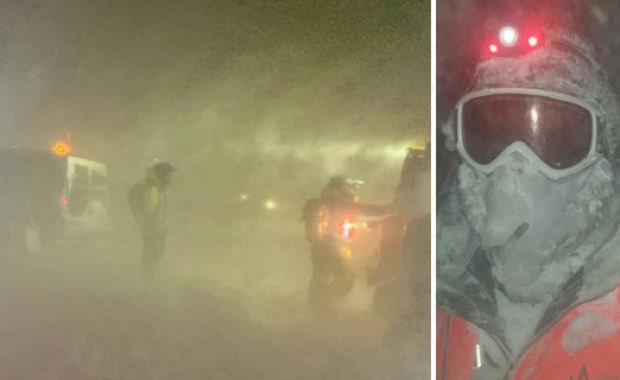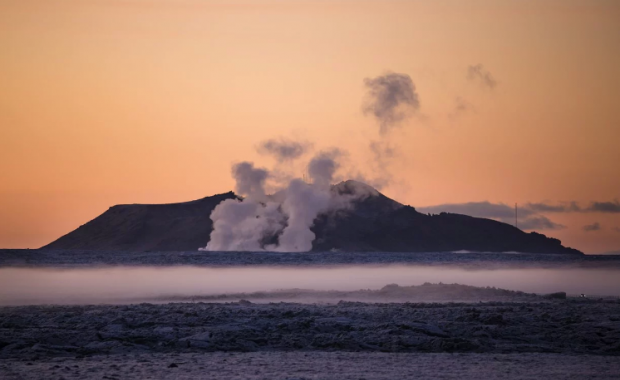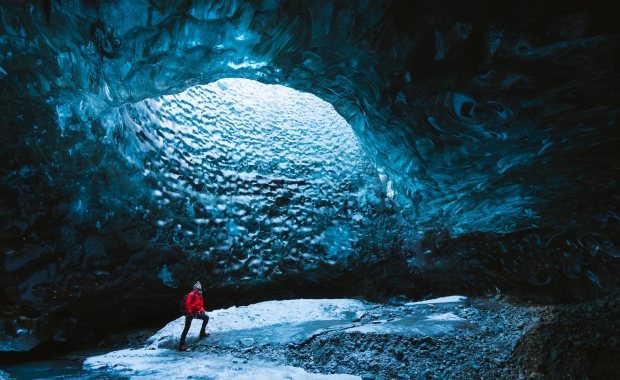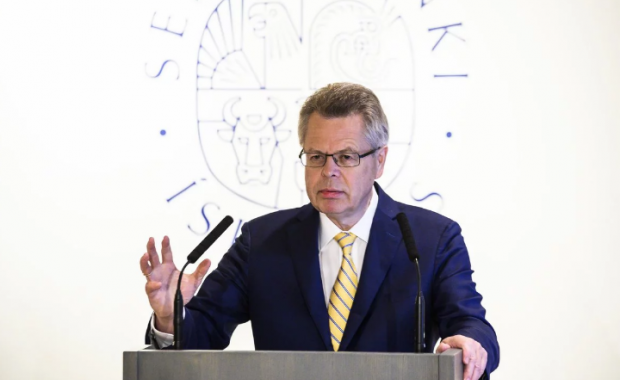Reykjavík more or less holds it own in number of tourists during the wintertime while other parts of Iceland experience significantly more seasonal variation. An analysis of foreign tourists' mobile data reveals how they travel in Iceland.
The Centre for Retail Studies recently published an interactive map showing the distribution of tourists in Iceland. The map was based on data on locations and the number of foreign mobile phones in the country from local telecom company Síminn.
The data was gathered from June 2016 to February 2017.
More tourists in Mývatn than Þingvellir during the summer
The mobile data shows among other things that Lake Mývatn in North Iceland sees slightly more tourists each day than Þingvellir National Park in South Iceland, one of the most popular tourist spots in the country.
At any given summer day, around 3-4% of foreign travellers present in Iceland visit each site.
However, while Þingvellir holds its own during the winter months, Mývatn sees a substantial drop off in the number visiting travellers. Around 4% of tourists in the country visit Þingvellir while only 1% go to Mývatn.

The analysis of the data by Arion bank reveals a similar pattern for other tourist attractions. Places that are close to Keflavík International Airport see a less pronounced seasonal drop-off in visitors than places that are further away.
Those findings agree with other data that show tourists spend less time in Iceland during the wintertime and are thus less likely to stray further away from the southwest corner of the country.
3,000-5,000 tourist for each square kilometer in the city center
The data points for the mobile phones' locations were gathered at 3 a.m. and 3 p.m. It shows that tourists generally spend their nights in Reykjavík city but venture into the countryside during the day.
During the night, 45% of foreign mobile phones are situated in Reykjavík but 35% during the afternoon.

At any given day, a full 20% of foreign travellers dwell in Reykjavík city center.
Arion bank calculates from the mobile data, the number of tourists, the average time tourists spend in Iceland that three to five thousand foreign travellers spend the night in each square kilometer of the city center.
The bank's analysts warn however that the data is limited and was processed as an experiment. It only covers a short time span of nine months and comes from one telecom company.
Reykjavík more or less holds it own in number of tourists during the wintertime while other parts of Iceland experience significantly more seasonal variation. An analysis of foreign tourists' mobile data reveals how they travel in Iceland.
The Centre for Retail Studies recently published an interactive map showing the distribution of tourists in Iceland. The map was based on data on locations and the number of foreign mobile phones in the country from local telecom company Síminn.
The data was gathered from June 2016 to February 2017.
More tourists in Mývatn than Þingvellir during the summer
The mobile data shows among other things that Lake Mývatn in North Iceland sees slightly more tourists each day than Þingvellir National Park in South Iceland, one of the most popular tourist spots in the country.
At any given summer day, around 3-4% of foreign travellers present in Iceland visit each site.
However, while Þingvellir holds its own during the winter months, Mývatn sees a substantial drop off in the number visiting travellers. Around 4% of tourists in the country visit Þingvellir while only 1% go to Mývatn.

The analysis of the data by Arion bank reveals a similar pattern for other tourist attractions. Places that are close to Keflavík International Airport see a less pronounced seasonal drop-off in visitors than places that are further away.
Those findings agree with other data that show tourists spend less time in Iceland during the wintertime and are thus less likely to stray further away from the southwest corner of the country.
3,000-5,000 tourist for each square kilometer in the city center
The data points for the mobile phones' locations were gathered at 3 a.m. and 3 p.m. It shows that tourists generally spend their nights in Reykjavík city but venture into the countryside during the day.
During the night, 45% of foreign mobile phones are situated in Reykjavík but 35% during the afternoon.

At any given day, a full 20% of foreign travellers dwell in Reykjavík city center.
Arion bank calculates from the mobile data, the number of tourists, the average time tourists spend in Iceland that three to five thousand foreign travellers spend the night in each square kilometer of the city center.
The bank's analysts warn however that the data is limited and was processed as an experiment. It only covers a short time span of nine months and comes from one telecom company.







